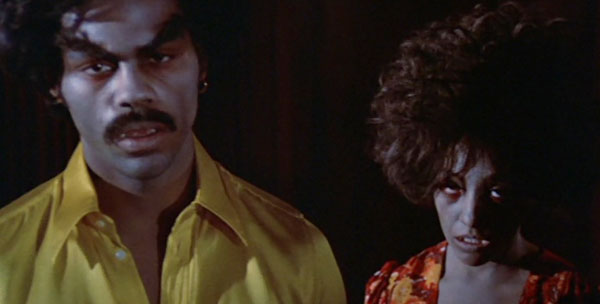#7. Blood Bath (1966)
 Nature of Shame:
Nature of Shame:
Long ago purchased the Arrow Films Blu-ray based on the impressive package of features and the potential for a deep study of the low-budget independent horror filmmaking of Roger Corman.
Hooptober Challenge Checklist:
Decade: 1960’s
Year Ends with “6”
Woman-directed
‘Blood Bath’ Elevator Pitch
Let’s paint a picture. Venice Beach, California. 1966. The beatniks are groovy and the birds are sexy, baby. A woman wanders the streets at night, lost in though, plagued by her argument with her boyfriend. She stops to admire a painting in a gallery window. It’s a Sordi. But Sordi is also admiring her as he’s stumbled into the night to admire his children in the window. He’s taken by her, asks her to pose nude for a new painting, a new Sordi. She happily obliges — to be the subject of a Sordi portrait! The girls will never believe it. Alas, the painter becomes possessed by the spirit of a long dead vampire ancestor and hacks her to pieces with a cleaver before dipping her body in wax. Day and night, the possessed Sordi stalks the streets of Venice Beach looking for his next victim.
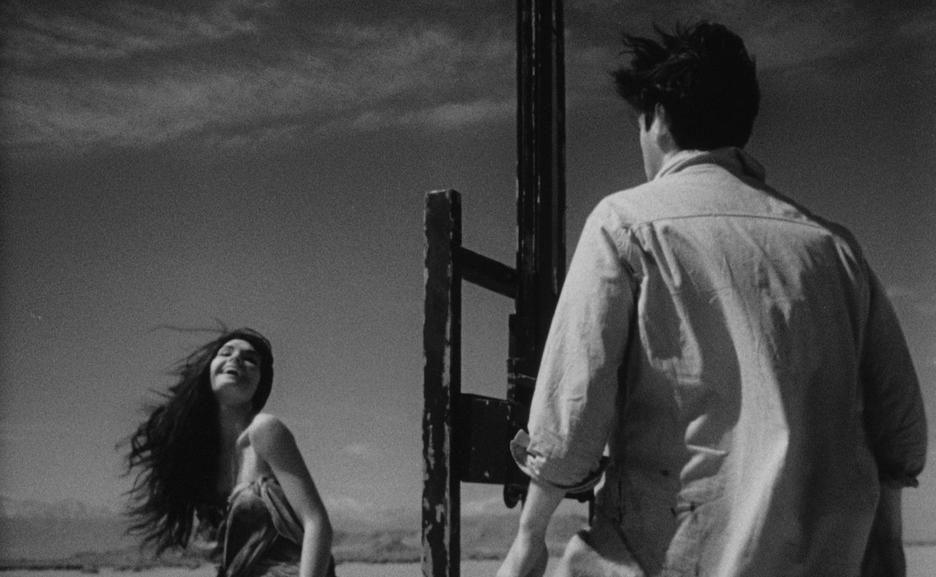
Strange Cormans Are Afoot at the Circle K
Even if you didn’t know the history of the production, you’d notice that something feels off about Blood Bath by the end of the first reel. While on vacation in Europe, Roger Corman purchased the rights to distribute an unproduced Yugoslavian espionage thriller called Operation: Titian (1963). Corman added actors William Campbell and Patrick Magee to the cast in order to make it more palatable to American audiences. In the end, Corman discarded the film, deeming it unreleasable.
In 1964, Corman assigned Jack Hill to salvage the project. Hill had just directed sequences for Corman’s production The Terror (1963). Hill shifted the location to Venice, California to match the movie’s Yugoslavian footage and turned a story about espionage into a horror movie about a madmen who kills models and makes sculptures out of their dead bodies. Corman again decided against releasing the film, now titled Blood Bath, featuring Hill’s changes.

Two more years passed before Corman again returned to Operation: Titian / Blood Bath. He hired Stephanie Rothman, an associate producer who’d worked on American International Pictures’ simul-shot Queen of Blood (1965) and Voyage to the Prehistoric Planet (1965), to do whatever she wanted with the existing footage. Her influence changed the murderous artist to a vampire. The actor who played the murderer, William Campbell, refused to participate in yet another reshoot, so Rothman had to add a magical transformation element to the killer’s bag of tricks to explain why the “vampire” looked nothing like Campbell.
At long last, the project received Corman’s seal of approval, and AIP released the film under the title Blood Bath in 1966 with Hill and Rothman credited as directors. It played in a double feature with Queen of Blood.
It’s a Blood Bath
As Blood Bath unspools, it becomes even more incoherent and tonally muddied. Moments of dire seriousness back up against jokey comic relief, and the vampirism angle feels tacked on like Nic Cage’s fake teeth in Vampire’s Kiss. It also rips concepts and beats verbatim from other, better horror films. It’s Frankenstein’s monster in form and function. No amount of massaging Blood Bath could cloud the fact that this was cobbled together from multiple unrelated concepts.

As a historical curio in the filmography of Roger Corman rather than a fully-rendered film, Blood Bath offers more to enjoy. The Arrow Films edition features all completed versions of the film, making the package as a whole worth digging into. Corman’s process of obtaining and shepherding Operation: Titian into its many iterations gives the die-hard film geeks plenty of fodder upon which to chew. Vampire/chewing pun intended.
The average moviewatcher, however, won’t find much of interest here. It’s cheaply made and impossible to follow. Once Corman moved on from Hill’s version, narrative logic got tossed out the window. Continuity errors and unintelligible footage run rampant. If the viewer is to make anything out of their experience with Blood Bath it’ll come in appreciation for small moments of visual ingenuity and surrealist horror and humor. And Sid Haig. Sid Haig’s magic-grow facial hair should provide at least a few overt chuckles. (He had to do Blood Bath reshoots while filming another movie that required different grooming.)

Final ‘Blood Bath’ Thought
View the Arrow Films 4-movie package as a whole, Blood Bath as a curiosity of scrappy low-budget filmmaking technique, or embrace the small time moody absurdities. The best part about this film and the Blu-ray package is everything else that comes along with it.

2019 @CinemaShame / #Hooptober Progress
#1. Shocker (1989) // #2. Etoile (1989) // #3. The Phantom of the Opera (1989) // #4. Blacula (1972) // #5. Scream Blacula Scream (1973) // #6. Jaws: The Revenge (1987) // #7. Blood Bath (1966)

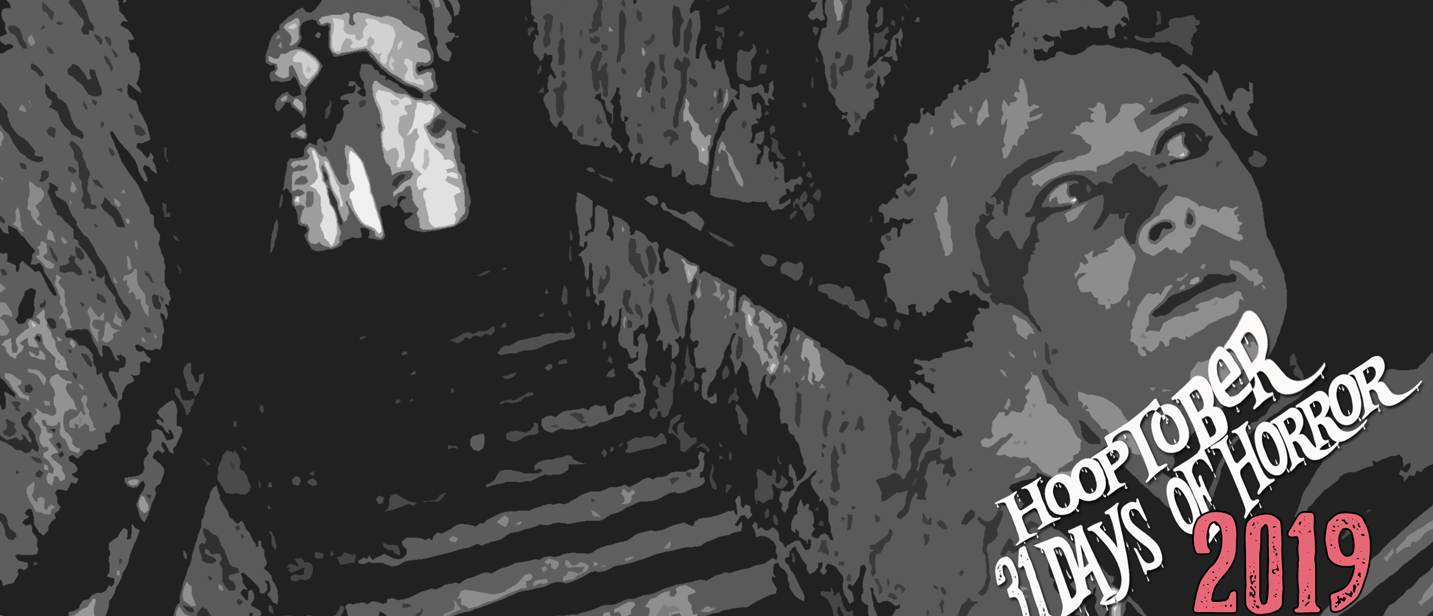
 Blood Bath is available on a limited edition Arrow Films Blu-ray box set featuring every iteration of the botched production.
Blood Bath is available on a limited edition Arrow Films Blu-ray box set featuring every iteration of the botched production.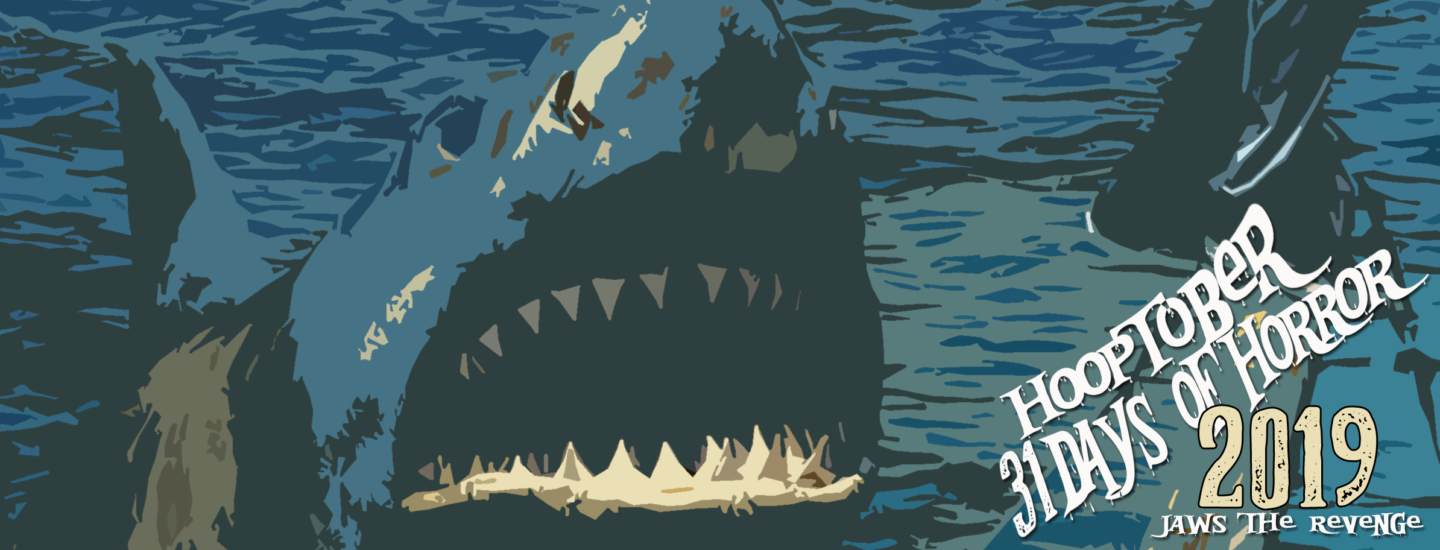
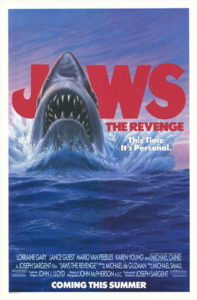 Nature of Shame:
Nature of Shame: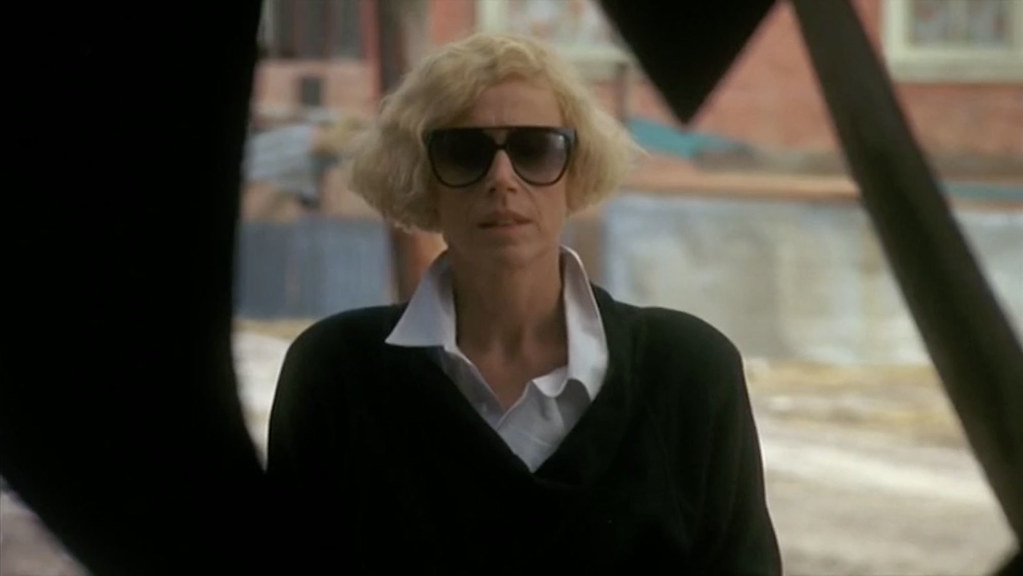
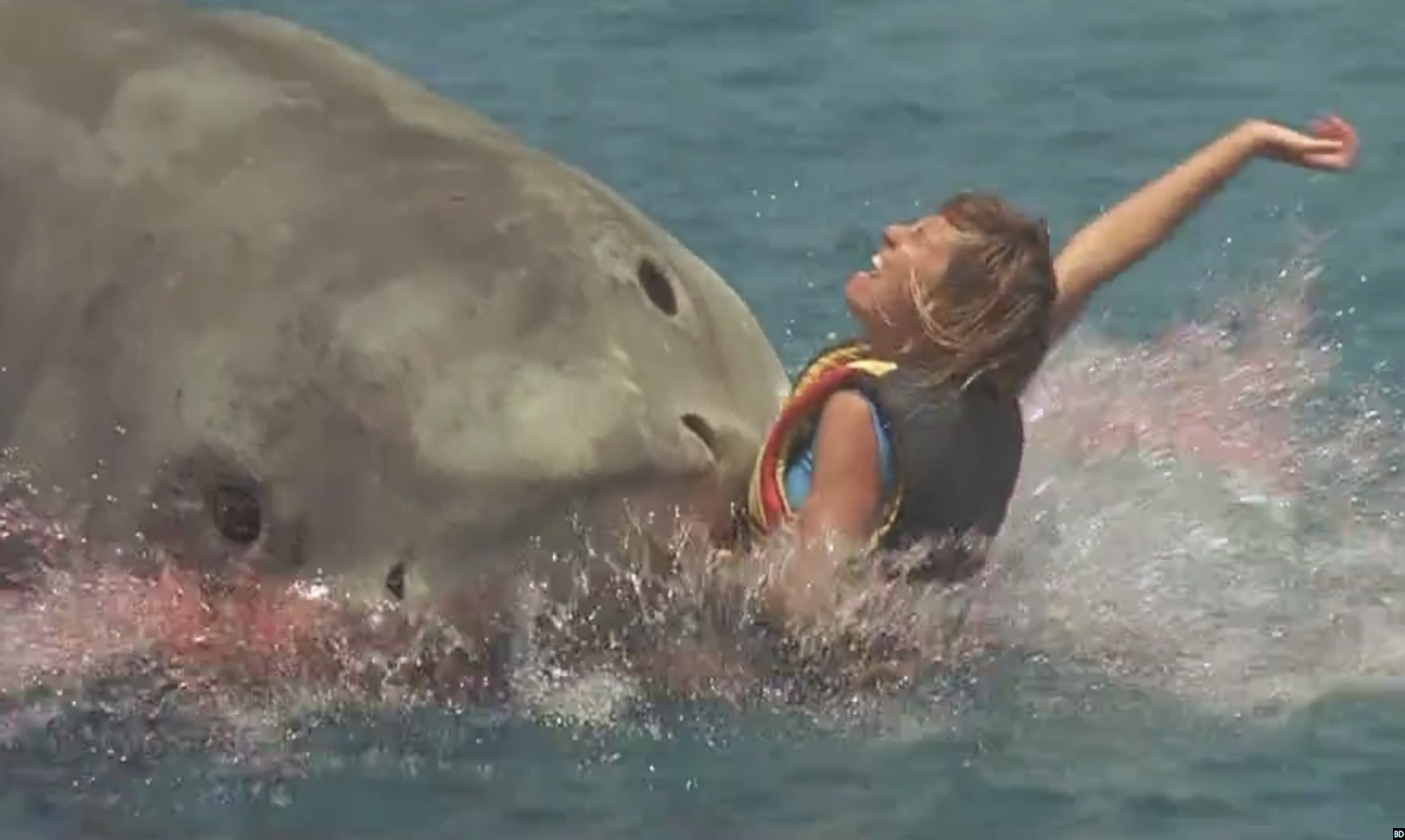
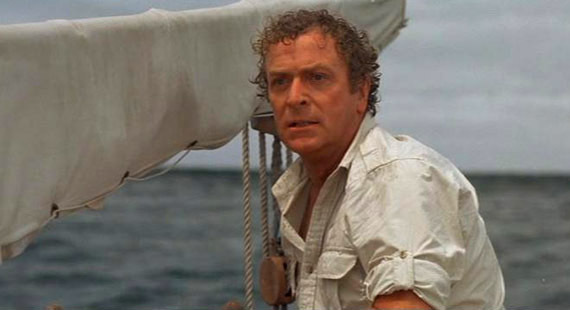
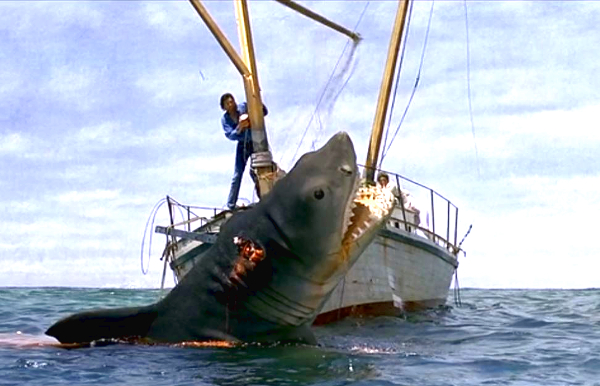
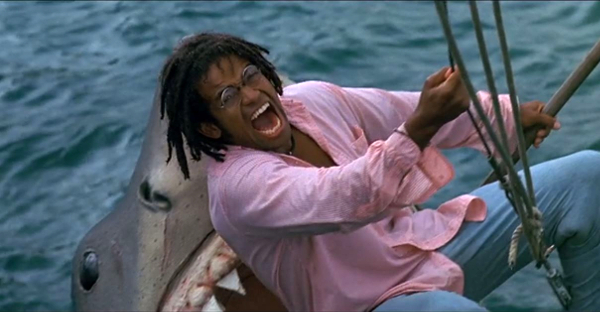

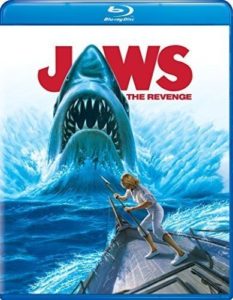
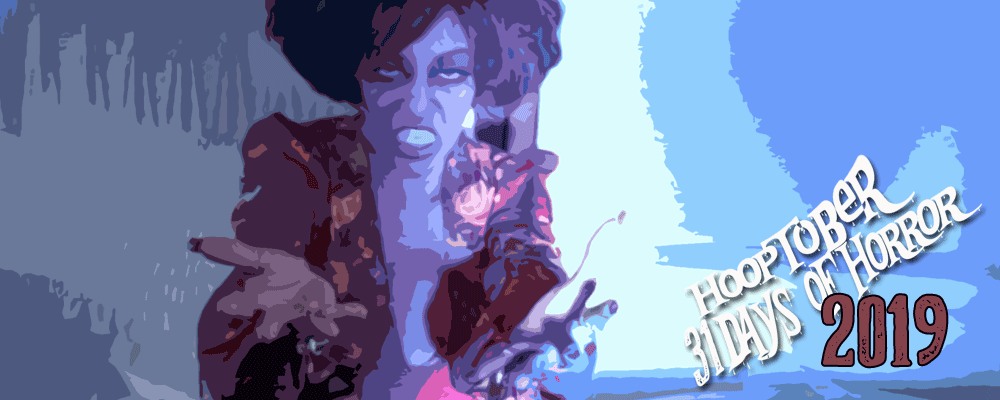
 Nature of Shame:
Nature of Shame:



